
IT WAS THE GARDEN, predictably, that attracted me when I first visited the Brandywine Conservancy and Museum of Art in Chadds Ford, Pa., some 15 years ago. I was already a convert to the beauty of our native flora, because as a student back in the 1970s, I had worked in the New York Botanical Garden’s native plant collection. That experience also gave me some acquaintance with native-plant cultivation.
However, I had never seen native plants used with such fl air and insight as they were at the Brandywine Conservancy. Local horticulturist F.M. Mooberry had filled the 15-acre campus with perennials, shrubs and trees in combinations calculated to satisfy the gardener’s desire for an unbroken succession of bloom, while also remaining true to the plants’ origins by arranging them in settings that recalled their native habitats.
Back in 1974 when Mooberry first undertook this assignment, sources of native plants in the Mid-Atlantic region were few. Mooberry adopted a do-it-yourself approach, collecting seeds with conservancy volunteers to start plants from scratch. The result was a study in what may be accomplished with just local resources and a lot of imagination, and I do not think I have seen it topped since.
“Synergy” is defined as what happens when the different elements of a situation energize each other and create a whole that is greater than the sum of the parts. This is clearly exhibited in the history of the conservancy organization, which came about in the mid-1960s when a major industrial development was proposed for the center of Chadds Ford, threatening the integrity of a noted beauty spot.
Denne historien er fra May - June 2023-utgaven av Horticulture.
Start din 7-dagers gratis prøveperiode på Magzter GOLD for å få tilgang til tusenvis av utvalgte premiumhistorier og 9000+ magasiner og aviser.
Allerede abonnent ? Logg på
Denne historien er fra May - June 2023-utgaven av Horticulture.
Start din 7-dagers gratis prøveperiode på Magzter GOLD for å få tilgang til tusenvis av utvalgte premiumhistorier og 9000+ magasiner og aviser.
Allerede abonnent? Logg på

Pot It Up
Shake up the containergarden with theseNorth America –native perennials

THE GARDEN PATH TO PERDITION
I WAS CRUISING RIGHT ALONG, feeling okay about myself, when I came across a list of the Seven Deadly Sins.
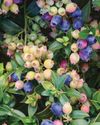
A Productive PATIO
Tiny fruit, vegetable and herb plants help gardeners maximize any sort of growing space
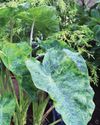
TROPICAL FUSION
A FUSS-FREE APPROACH TO USING BOLD TROPICAL PLANTS IN ANY TEMPERATE GARDEN

WINTER READING
Pass the time with any of these inspiring books
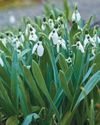
SENSING A PATTERN
Greg Coppa reflects on an odd weather year and what continued warming may mean for his Rhode Island garden
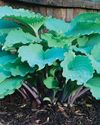
TOP-PRIZE PERENNIALS
A foliage masterpiece for shade and a late bloomer for sun

MARK WESSEL
What's new for fruit and vegetable gardeners?
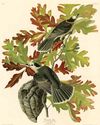
KINGS OF THE NORTHERN FORESTS
A look at the trees, shrubs and perennial plants that bolster life in Ecoregion 5

PROJECT FEEDERWATCH
Gardeners can help scientists know just where the birds are in winter